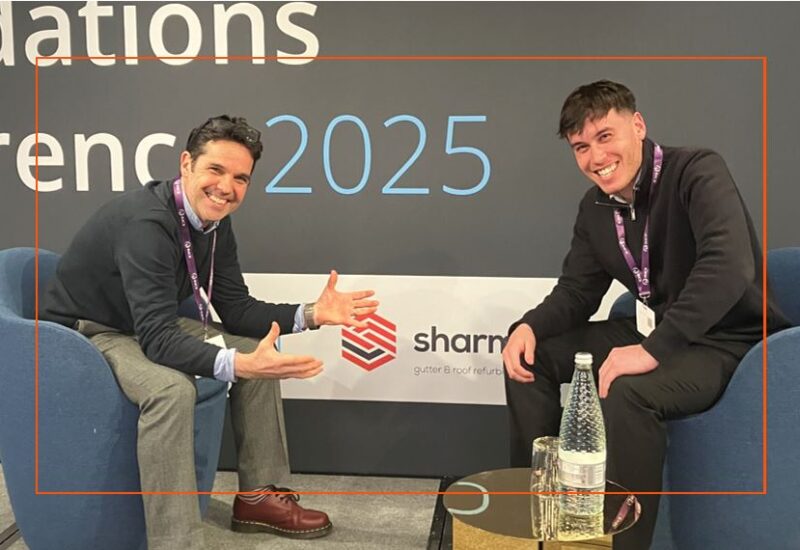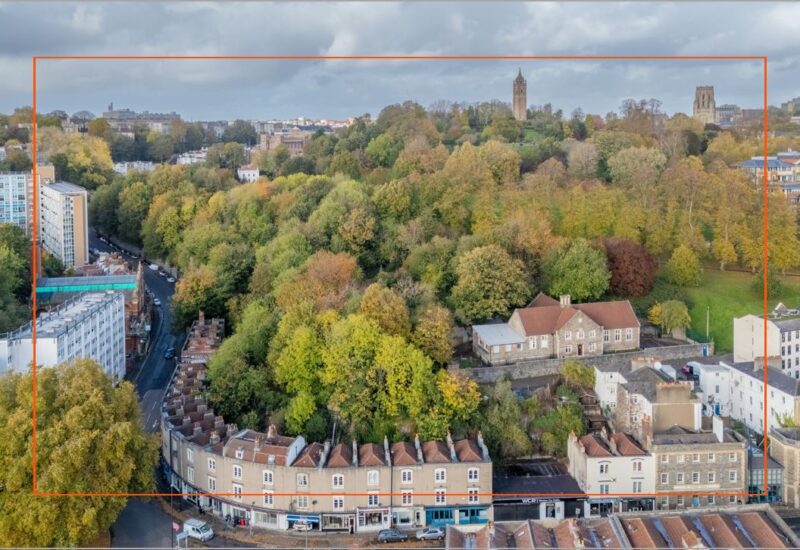This week, Jack Bonnick, Richard Jessup, and Karl Fong had the privilege of attending the RICS (Royal Institution of Chartered Surveyors) Dilapidations Conference in London. The event gathered a mix of 400 leading industry experts, professionals, and specialists under one roof, to discuss the latest developments, challenges and innovations in dilapidations.

For our team, it proved to be an exceptional day, offering a wealth of insights and discussions on the latest trends, challenges, and opportunities in the field of dilapidations.
A Deep Dive into Current Case Law
One of the many high points of the conference was an in-depth review of current case law and practical lessons gained from recent dilapidations disputes. The speakers provided a thorough analysis of recent judicial decisions and their implications for dilapidations cases.
The Importance of a Thorough Schedule of Condition
No dilapidations conference would be complete without a thorough review of the importance of a comprehensive schedule of condition and this session provided a comprehensive overview of the purpose, scope, and practical implications of schedules of condition in dilapidations claims. Attendees learned how a well-prepared schedule of condition can serve as a critical tool in pre-empting disagreements and ensuring a smooth transition at the end of a lease. The session provided practical advice on best practices and common pitfalls to avoid when preparing such a document.
The Role of Collaboration and Mediation
Collaboration and mediation were emphasised as vital tools in the resolution of dilapidations disputes. The speakers outlined essential strategies for navigating mediation in dilapidations claims, giving insights on effective preparation, negotiation tactics, and best practices to achieve successful outcomes in dispute resolution.
The session on ‘Compulsory Mediation’ highlighted the importance of working together, even when parties might have conflicting interests, and demonstrated how mediation can often offer a more efficient and cost-effective solution compared to lengthy litigation. It was evident from the conversations that fostering a spirit of collaboration within the industry can lead to better outcomes for all involved.
Exploring the Residual Method in Diminution Valuation
The conference also offered a deep dive into the use of the Residual Method in Diminution Valuation – a technique often employed when assessing the financial impact of dilapidations. The session aimed to give a clear breakdown of methodology, sensitivities, and common criticisms, bolstered by practical insights into potential alternative approaches.
This was an essential session for professionals looking to refine their skills in valuation and gain a more nuanced understanding of how the method fits within the broader context of dilapidations assessments.
The “Dark Art” of Negotiation
Dilapidations disputes often involve complex negotiations between landlords, tenants, and their respective representatives, so a particularly fascinating session revolved around tackling the adversarial nature of dilapidations and supporting mental health.
Notably interactive, this session helped attendees to gain valuable strategies for handling difficult conversations and managing client expectations effectively in dilapidations work, while learning techniques to reduce stress and anxiety, maintain mental well-being, and build resilience in demanding professional situations.
In Conclusion
Overall, the RICS Dilapidations Conference was an enriching experience, full of valuable learning, thought-provoking discussions, and productive networking. For Jack, Richard, and Karl, it was a beneficial reminder of the importance of continuous professional development, the power of collaboration, and the ongoing need for adapting to changes in the legal and economic landscape.
We look forward to the next opportunity to engage with our peers and contribute to the conversation around best practices in dilapidations.


